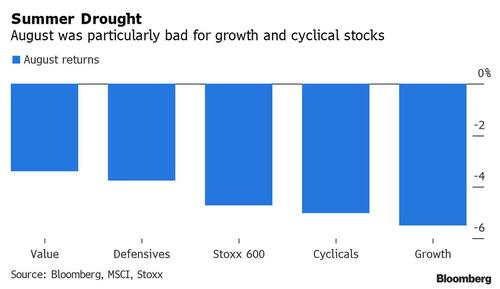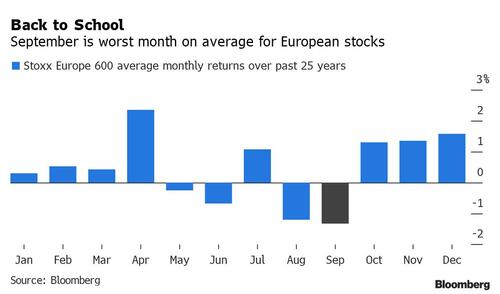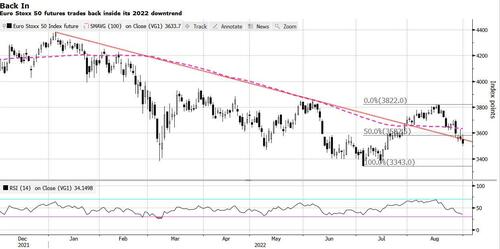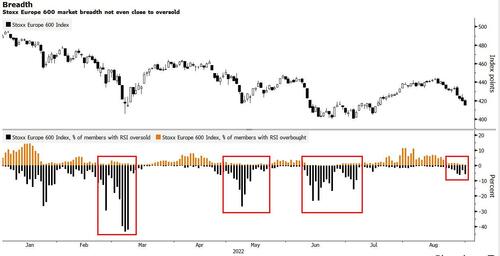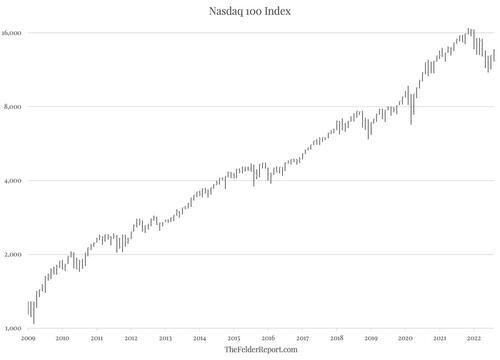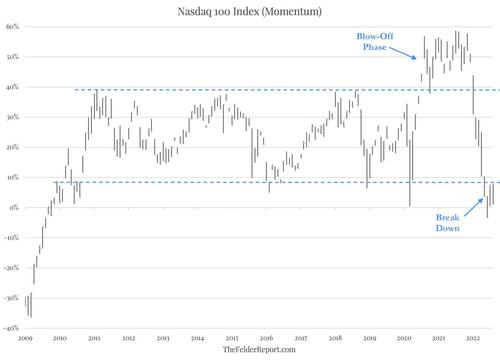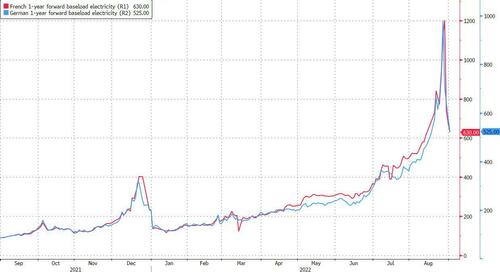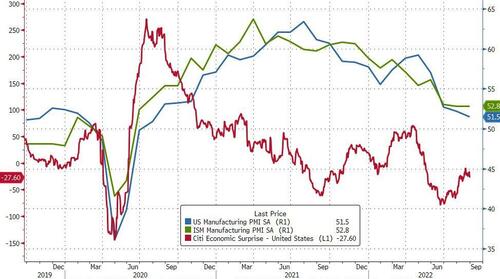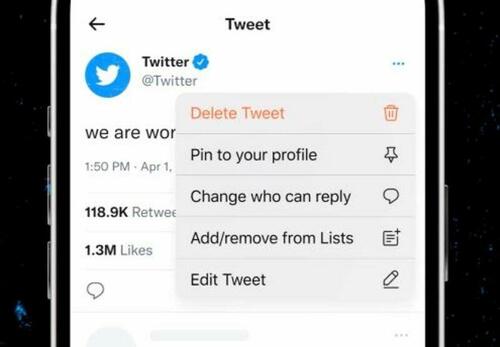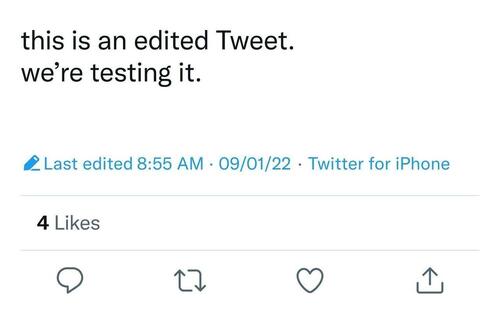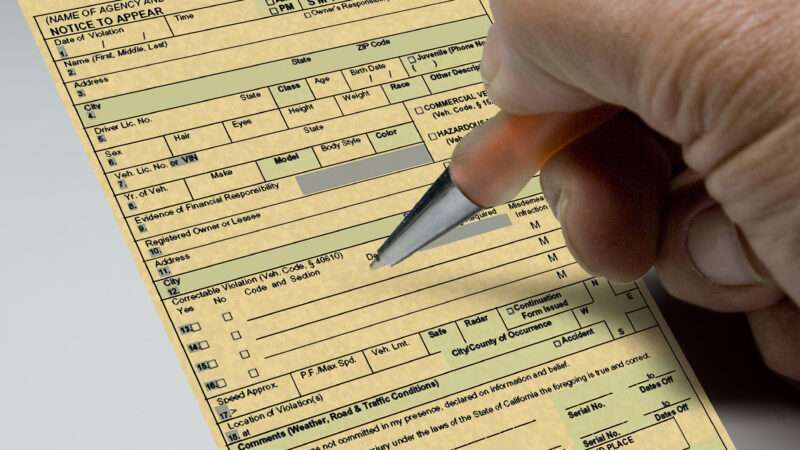The head of an urban policy nonprofit has been penalized by Minnesota’s licensing board for referring to himself as a “professional engineer” in speeches and articles while his license was expired.
Last month, the state’s Board of Architecture, Engineering, Land Surveying, Landscape Architecture, Geoscience, and Interior Design (AELSLAGID) issued an official censure of Charles Marohn, founder of the Brainerd-based advocacy group Strong Towns, and slapped him with a $1,500 fine.
The board argues that such sanctions were a necessary and proportional punishment for Marohn’s purported misrepresentation of his credentials.
Marohn counters that the board’s primary interest is in censoring his criticisms of the engineering profession. The penalties he’s been hit with are both extraordinary and unconstitutional, he contends.
“I’m very disappointed in the board and I’m very disappointed with my colleagues in the engineering profession who try to stifle not just free speech but also calls for reform,” says Marohn. “The point is to tell other engineers within the profession, if you go down this path and make yourself a target, the violation process can and will be weaponized against you.”
Marohn has been a licensed civil engineer since 2000. Though he stopped practicing in 2012 to focus on his advocacy with Strong Towns—which generally argues for zoning reform and safer road designs, and against additional infrastructure spending—he’s kept renewing his Minnesota license every two years.
The one lapse occurred in 2018. Marohn says he moved without informing the board of his change of address, and thus missed the biennial reminder to renew his license. In June 2020, a colleague made Marohn aware of his lapsed license. He promptly renewed it and paid a $120 late fee.
That was unfortunately too late to stave off a February 2020 complaint filed by South Dakota engineer David Dixon, who checked up on Marohn’s licensing status after seeing he referred to himself as a professional engineer in an article critical of traffic engineers on the Strong Towns website.
Seeing that his license had expired in 2018, but that Marohn had made repeated references to himself as an engineer as part of his advocacy work since then, Dixon decided to complain to the licensing board.
“Mr. Marohn talks about being a policy expert, the type that reads law and ordinance. It is not reasonable to assume that Mr. Marohn was not aware that use of the term Professional Engineer, PE, or other similar representations while not licensed, is a violation of law,” Dixon wrote in his complaint. “I urge the board to investigate as it sees fit, and to send a clear message that frauds of this sort are not tolerated.”
Marohn was first made aware of the complaint in July 2020, a month after he’d already renewed his license. In an interview with Reason at that time, he initially waived off the possibility that the board would sanction him.
That prediction hasn’t aged well.
After an investigation, AELSLAGID initially recommended a $1,500 fine against Marohn in November 2020. Board members argued that the references Marohn made to his engineering credentials while his license was expired posed a threat to public safety, and therefore needed to be punished.
Marohn declined to accept that fine, arguing that the state’s restrictions on unlicensed people referring to themselves as engineers only applied in circumstances where people were doing actual engineering work—and he’d stuck to First Amendment–protected advocacy.
He wasn’t the only one to hold that view.
“The board’s enforcement against [Marohn] raises some serious First Amendment concerns,” Sam Gedge, an attorney at the Institute for Justice, a public interest law firm, told Reason last year. “The government licensing boards are the new censors in America. They’re aggressive, and time and time again it becomes clear they just don’t believe the First Amendment applies to them.”
Marohn’s case got appealed up to a Minnesota administrative law judge who declined to rule on the First Amendment arguments and instead said AELSLAGID had the authority to bring enforcement actions against him.
A federal First Amendment lawsuit Marohn had filed against the board was also dismissed on the technical grounds that he needed to exhaust his options in state court first.
All that resulted in AELSLAGID moving ahead with its sanctions against Marohn in July. Their decision argues that the number of times Marohn referred to himself as an engineer while his license was expired, and the prestige he gained from doing so, more than justified penalties.
The board also punted on the constitutional claims Marohn made, saying the law is the law, and they were bound to enforce it.
A Strong Towns press release from this week notes that the board has declined to censure professional engineers who have committed far more egregious violations. That includes one civil engineer who gave public contracts to his former company (where he was still a shareholder), another who concealed past embezzlement convictions when applying for a license, and, most ironically, a man who worked as an engineer for 10 years without a license.
Marohn has appealed these penalties to the Minnesota Court of Appeals. He says overturning these penalties is important for protecting the ability of engineers to criticize practices within their profession.
“I’m not practicing engineering. I don’t make my living doing engineering work,” he says. “If you do, you can see how someone who has now spoken up for reform gets hit with a fine and a censure, you can see the chilling effect that could have on others working in the profession.”
The post Minnesota Engineering Board Fines, Censures Engineer-Activist for Calling Himself an Engineer appeared first on Reason.com.
from Latest https://ift.tt/wyXeo9L
via IFTTT
